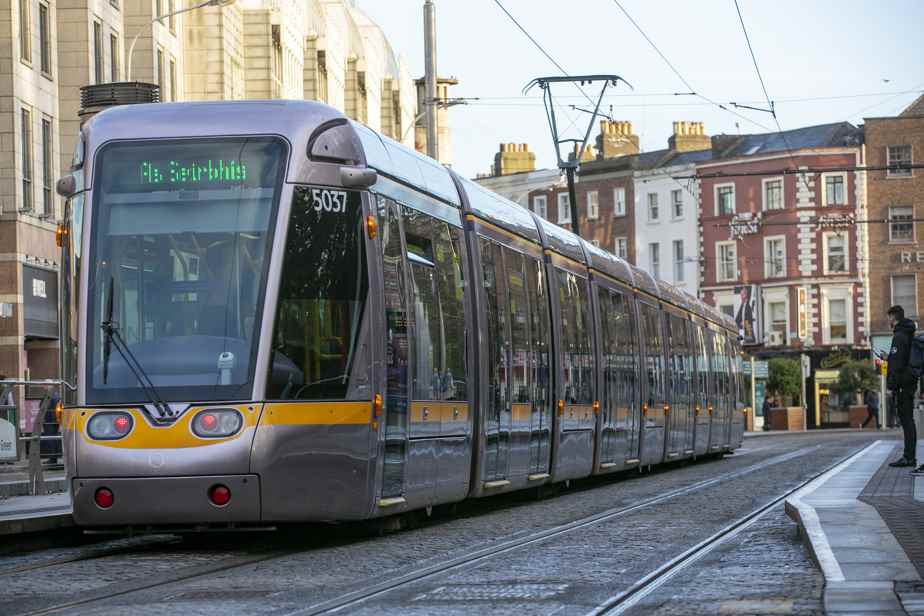Congratulations, Mr. Legault, on your electoral victory!
Posted at 11:00 a.m.
You are committed to considering the best ideas to meet future challenges. If the environment has been decried as a weak link in the program of the Coalition avenir Québec (CAQ), several projects would allow you to really initiate the energy transition.
Our suggestions concern the mandate that you will give to the Minister of Transport. In this context, the electrification of public transit and freight transportation presents a huge source of opportunity.
The following findings are worth highlighting:
· There is broad consensus on the development of public transport.
· The key to success is to increase the number of people living within walking distance of an electrified transit station. According to this criterion, the tram allows 15 times more stations, per dollar invested, than the metro.
· A new analysis shows that tramway networks in the east end of Montreal will enable significant reductions in travel times for users. By including the time required to get to a station, this option is more efficient than developing a sky train (REM).
· Residents of Montreal’s east end oppose an aerial structure that would disfigure their neighborhoods.
· It is very likely that CDPQ Infra deliberately underestimated the ridership of the REM de l’Ouest in order to convince the previous government to accept high user fees, which should exceed $600 million annually. On the other hand, a public system of tramways makes it possible to reduce the operating costs of public transport.
· The REM projects, in the east end of Montreal and in Longueuil, are based on the technology of sky train. For a cost similar to that of these projects, it would be possible to install 130 km of tramway lines offering 230 stations that are universally accessible, serving Laval, Montreal and the South Shore. By avoiding the expensive technology of sky train (REM), it will be easier to also fund the Gatineau tramway, a 2e line for Quebec, to consider a tram for Sherbrooke and possibly for Lévis, as a potential alternative to the 3e link.
· The French experience shows that the installation of trams leads to increases of 26% to 45% in public transport ridership.
· The development of public transport on dedicated lanes helps to reduce congestion. In contrast, the addition of road infrastructures tends to increase urban sprawl and congestion (in the medium term).
· Quebec invests more in its road network than in public transit.
· The tramway option can be adjusted to an increase in demand, as it is easy to extend the trains and stations. In comparison, it is almost impossible to extend the length of the REM’s aerial or underground stations.
· Finally, a tram network would make it possible to integrate part of the transport of goods (tram-cargo concept).
In light of these findings, here are some recommendations that should be included in the mandate of the new Minister of Transport:
1) Quebec must invest as much in public transit as in the road network.
2) The option of surface networks, of the tram and train-tram type, must be seriously considered. The comparison with other modes must take into account the installation and operating costs, as well as their accessibility.
Thus, the future tramway linking Dorval and Lachine to the city center should be integrated into the eastern network, offering the metropolis a true east-west electrified link. Such an approach also deserves to be implemented on the South Shore and in Laval.
3) The electrification of trucking, by batteries and by wire, must also be seriously initiated, by considering the sharing of infrastructures with public transport.
Finally, it should be ensured that the transport offer is well integrated into the urban fabric, in response to the real needs of the populations to be served.
